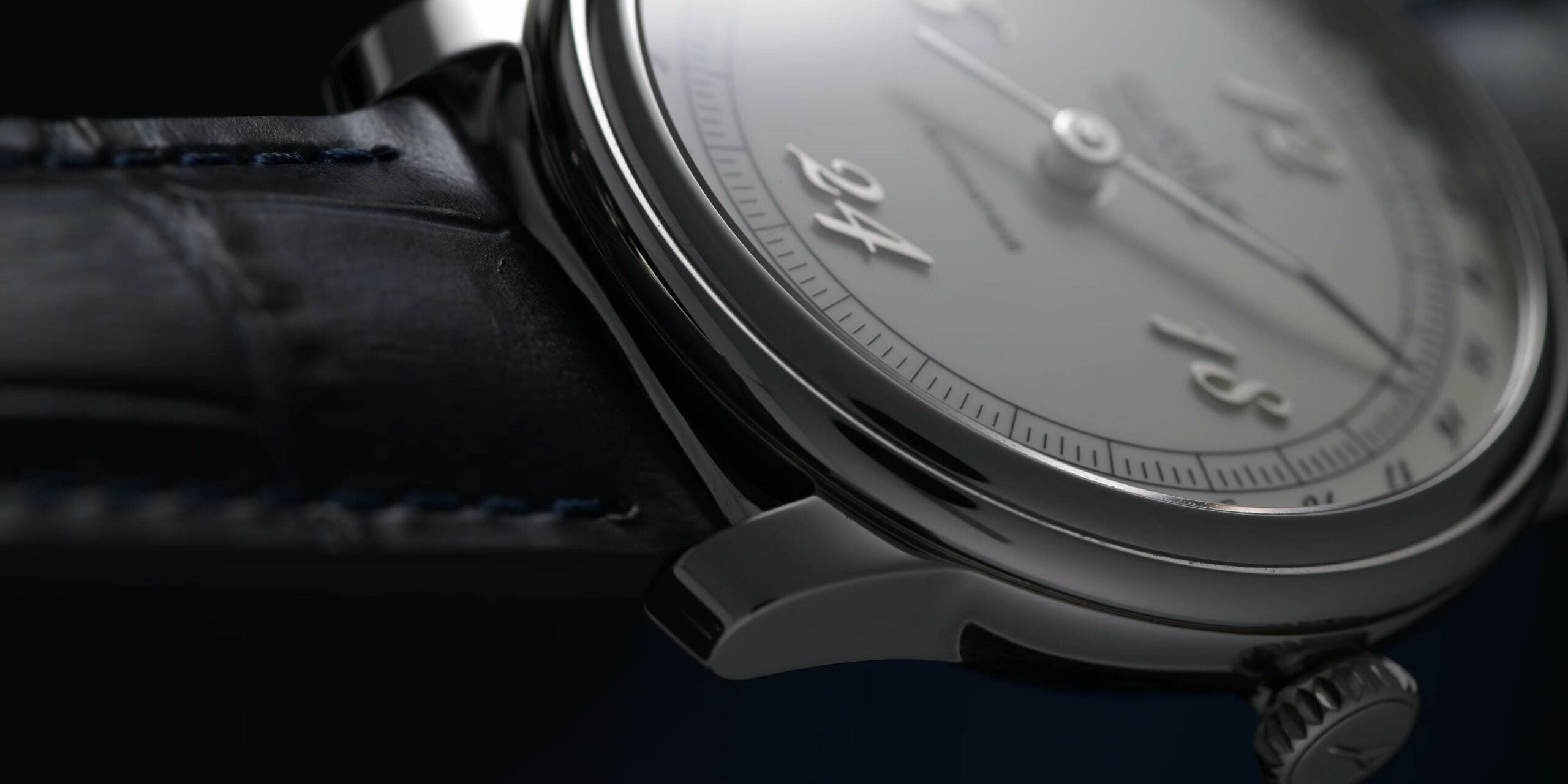Complete guide to materials in watchmaking
In watchmaking, we use a multitude of materials, both for the components of the mechanism and for the external part, the case. Here we will discuss the materials used for the case and its components, such as the bezel or the case back. Indeed, just for this external part, we find hundreds of different alloys, so let's take a closer look at these metals.
The main categories of materials.
Steel
Steel is the most widely used material today. The vast majority of steels used are hypoallergenic steels, meaning they do not cause any allergic reactions. These steels are generally used in medicine and are called "surgical." The most commonly used alloys are 316L and 904L. The difference between these two steels is their hardness and resistance to chemical corrosion. 904L is harder than 316L and is also shinier because it contains more chromium. In addition to being allergenic, they are stainless and therefore age very well over time.
At Gustave et Cie, we use 316L stainless steel. This is a high-quality steel that we have received very positive feedback on in terms of its finish and machining. Finally, it withstands various PVD treatments very well.

Gold
Of course, pure 24k gold can be made into various alloys, namely rose gold, white gold, red gold, etc. Some brands create their own alloys, nothing new, it's mostly just a great marketing idea. We find Honeygold at A lange & Shone, Everose at Rolex and Sedna gold at Omega, etc.

Money
Silver was widely used in pocket watches and, until the 1930s, in some wristwatches. It is rarely used today. It has gradually been replaced by platinum, white gold, or stainless steel.
Titanium
Titanium is an increasingly popular material in watchmaking. It is very hard and much lighter than steel. It is used in sports watches and on certain relatively fragile components such as lugs and bezels.

Platinum
Platinum is a precious metal used for its grayish side which gives a very beautiful silvery sheen. It is precious and is used in fine watchmaking pieces like gold. It is more appreciated than white gold which requires rhodium plating (a process consisting of preventing the oxidation of a piece made of gold, silver or platinum), and which is relatively little used, which adds a certain exclusivity, very well exploited by certain watch brands.
Bronze
Bronze is quite popular because its appearance changes over time. Some say that bronze improves, others that it becomes much less elegant. Its change in appearance is due to the oxidation of the bronze. Its oxidation varies depending on the user; we have no way of predicting the final color, and this is very pleasing. It is not uncommon to see new watches deliberately oxidized to give them a "patina."

Carbon
Carbon is increasingly used because it is becoming "easier" to use than it was a few years ago. Carbon is firstly very aesthetic and dense. In addition, it is extremely light. It is commonly used in the automotive, aviation and of course watchmaking industries... It can be used absolutely everywhere with the exception of a few components such as gears. Its use, seen as still innovative, is especially widespread in watches with a sporty look.

Ceramics
Ceramic is used for its appearance and hardness. It gives a very beautiful effect and does not oxidize over time: it retains its color. However, ceramic is very resistant to shocks and it is not uncommon for a ceramic case to break. This is due to its inflexibility. Some brands offer more shock-resistant ceramic based on the same principle as gold alloys.
Conclusion
In conclusion, each material has its use and purpose. Gold is more suited to a jewelry watch, and carbon fiber to a sports watch. Steel, on the other hand, is multifunctional and versatile, at least since Patek Philippe's Royal Oak, released in 1972. It is highly durable and hypoallergenic, and possesses many other qualities, hence its widespread use in the watchmaking world.
SOURCES:
-
Titanium photo: https://fr.wiktionary.org/wiki/titane
-
Bronze photo: https://imaterialise.helpjuice.com/materials/oxidized-brass-bronze





Leave a comment
This site is protected by hCaptcha and the hCaptcha Privacy Policy and Terms of Service apply.